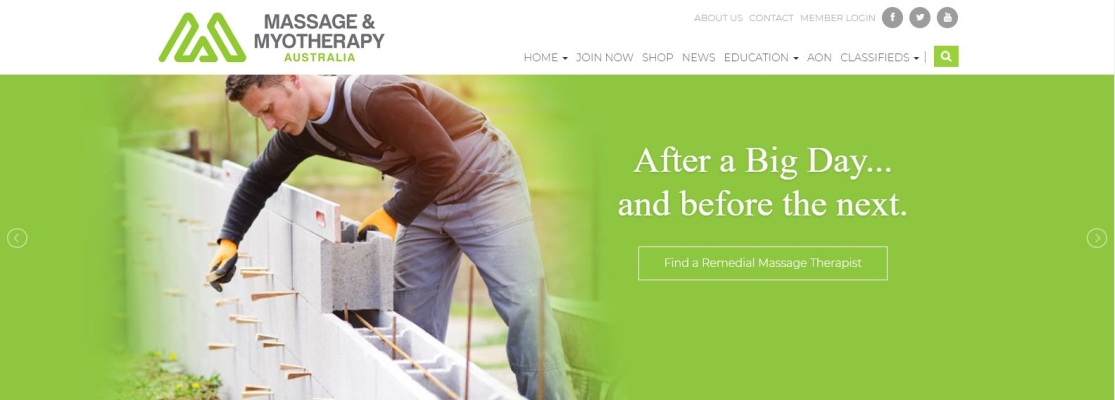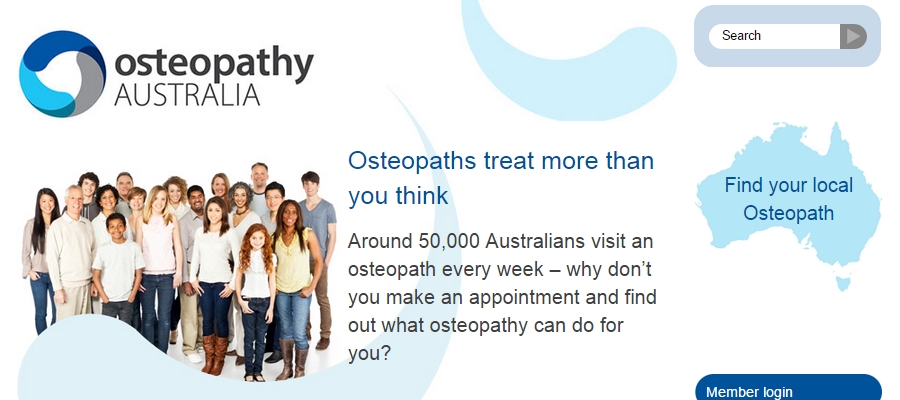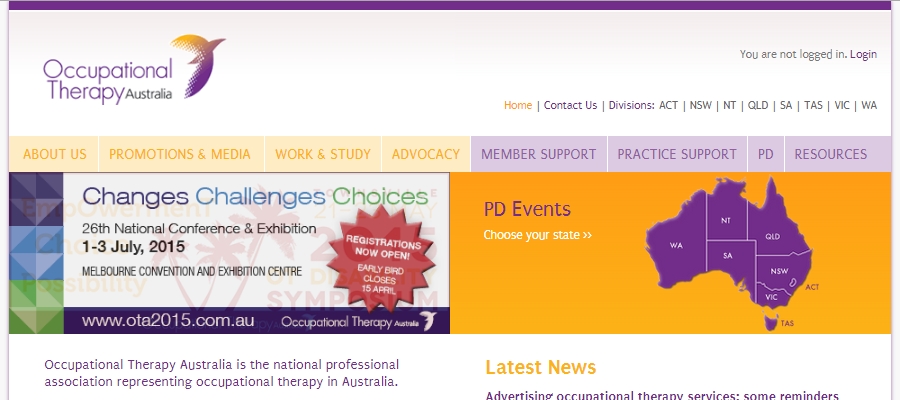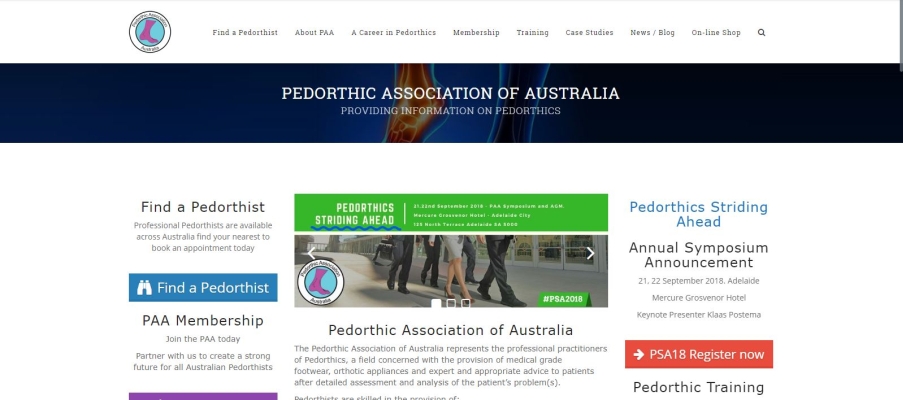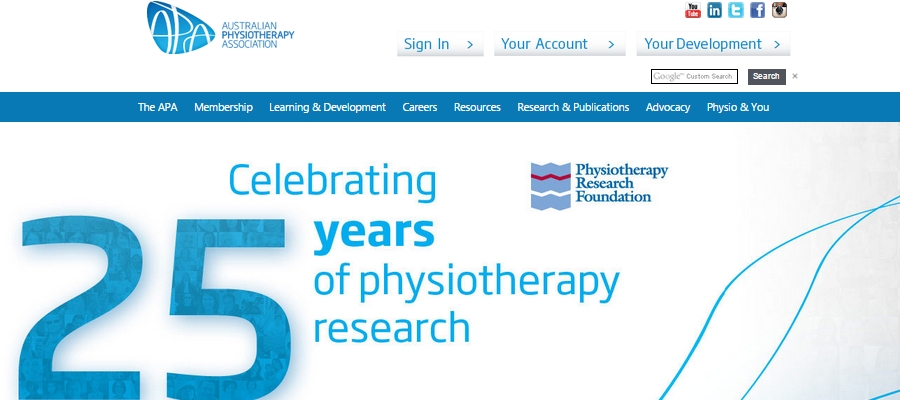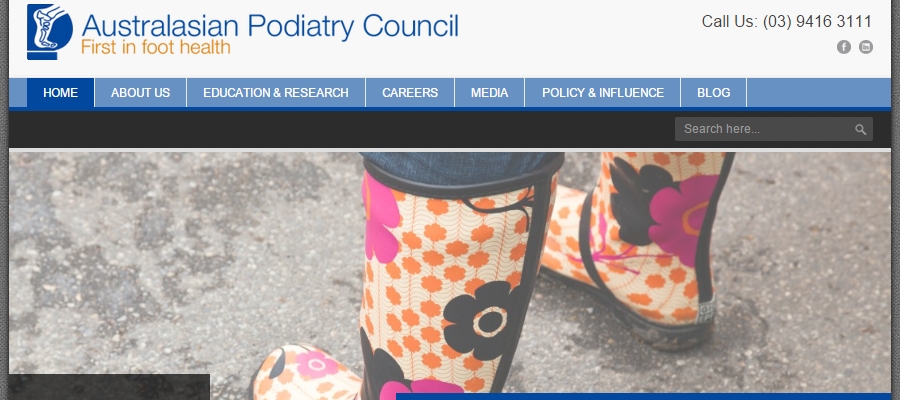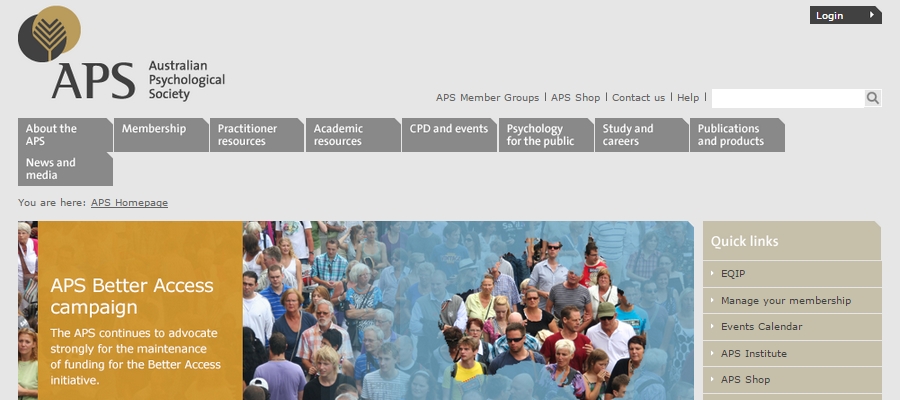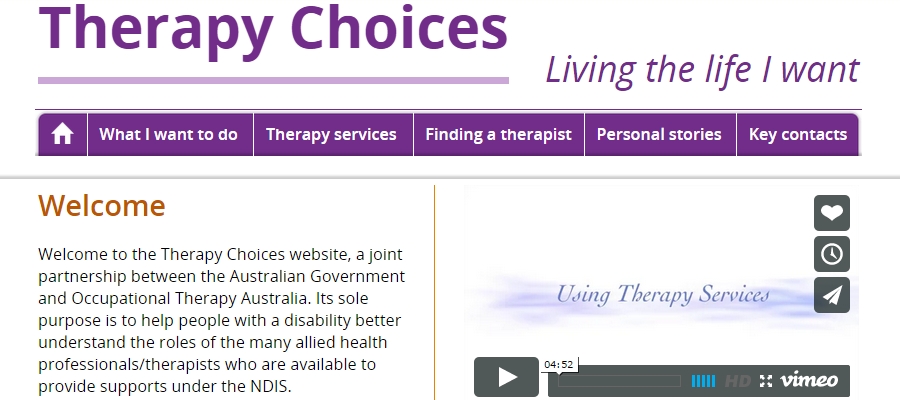The Late Effects of Polio – Managing Muscles and Mobility
Best practice in management of people with the late effects of polio (LEoP) is still evolving. In the absence of specific medical or pharmacological treatments, management programs are key to analysing and minimising symptoms, maximising function, and supporting participation.
Medical practitioners acknowledge that an interdisciplinary approach is appropriate and recommended, as individuals are likely to have a wide variety of problems. As many symptoms result from motor unit degeneration, and/or attrition combined with normal ageing and overuse, treatment regimens and management strategies must be adjusted to the state of the condition.
People living with polio’s late effects and people ageing with disability share many physical, psychosocial, and daily living challenges. However, several important and specific considerations apply to the LEoP group.
Firstly, some specific contra-indications and management strategies must be considered in assessment, the prescription of exercise, and planning for the future, with energy conservation, muscle overuse, and fatigue and weakness kept in mind.
Secondly, the psychosocial sequelae of a lifetime living with polio requires particular understanding and consideration from allied health practitioners.
During and after the polio epidemics, those who contracted the virus experienced a range of invasive and frequently traumatic interventions such as full body splinting (often within institutional contexts) for long periods of time during their formative years. The rehabilitation model of the time encouraged persistence and the overcoming of physical challenges to attain independence. Therefore, this cohort often experience stress, grief, and difficulty in making decisions to change or relinquish long-held coping patterns. They can struggle to accept strategies, assistive technologies or task adaptations, and are likely to require carefully staged advice and long-term collaborative support.
Due to the numerous and varied considerations for the management of LEoP clients, a range of allied health professionals may be required to make up the ‘Post-Polio Care Team’ with the client, General Practitioner and specialists.
The Post-Polio Care Team
Best practice in a team approach includes coordinated planning for immediate and long-term needs, and seamless communication between team members to deliver services efficiently. It is essential that the client be considered a key member of the interdisciplinary team.
The post-polio care team may incorporate these allied health practitioners:
A Dietitian/Nutritionist provides education and management strategies regarding appropriate nutritional intake and weight management. Click the image below to visit the website of the Dietitians Association of Australia.
An Exercise Physiologist specialises in the benefits of exercise to help treat patients with a medical condition through exercise. Click the image below to visit the website of the Exercise and Sports Science Australia.
Therapeutic and remedial massage and myotherapy are manual manipulation therapies involving the deep or shallow soft tissues of the body including muscles, tendons and ligaments. Click the image below to visit the website of the Massage & Myotherapy Australia.
A Registered Nurse or Nurse Practitioner provides client advocacy, coordinates care plans across disciplines, and provides chronic disease management and wound care in various settings including the home, general practice and hospitals. Click the images below to visit the websites of the Australian Primary Health Care Nurses Association and the Nursing and Midwifery Board of Australia.
Osteopathy is a hands on approach to healthcare recognising the important link between the structures of your body and the way it works. Osteopaths focus on how your skeleton, joints, muscles, nerves and circulation work together to improve your health and well-being. Click the image below to visit the website of Osteopathy Australia.
An Occupational Therapist assists polio clients to employ strategies to help maintain overall health and encourages the highest level of lifestyle independence. Click the image below to visit the website of Occupational Therapy Australia.
An Orthotist fits appropriate and well-fitting orthoses for clients who require them. Click the image below to visit the website of The Australian Orthotic Prosthetic Association.
A Pedorthist handles the provision of medical grade footwear, orthotic appliances and can provide expert and appropriate advice to patients after detailed assessment and analysis of the patient’s problem(s). Click the image below to visit the website of The Pedorthic Association of Australia.
A Physiotherapist assists polio clients to improve/maintain mobility and function, and provide relief from pain. Click the image below to visit the website of the Australian Physiotherapy Association.
A Podiatrist assesses and treats lower limb and foot conditions. Click the image below to visit the website of the Australasian Podiatry Council.
A Psychologist or Social Worker provides counselling, education and support. Click the images below to visit the websites of the Australian Psychological Society and the Australian Association of Social Workers.
A Speech Pathologist supports the management of clients with speech disorders (dysarthria) or swallowing disorders (dysphagia). Click the image below to visit the website of Speech Pathology Australia.
The Therapy Choices website is a joint partnership between the Australian Government and Occupational Therapy Australia. Its sole purpose is to help people with a disability better understand the roles of the many allied health professionals/therapists who are available to provide supports under the National Disability Insurance Scheme. Of course, the allied health professionals/therapists are also available for consultation by people not covered by the NDIS.
The Therapy Choices website is a guide to choosing and finding the right type of therapist, including meeting the needs of those experiencing the late effects of polio. The site also provides examples of national not-for-profit organisations and government programs which support daily living activities. Click the image below to access the Therapy Choices website.





